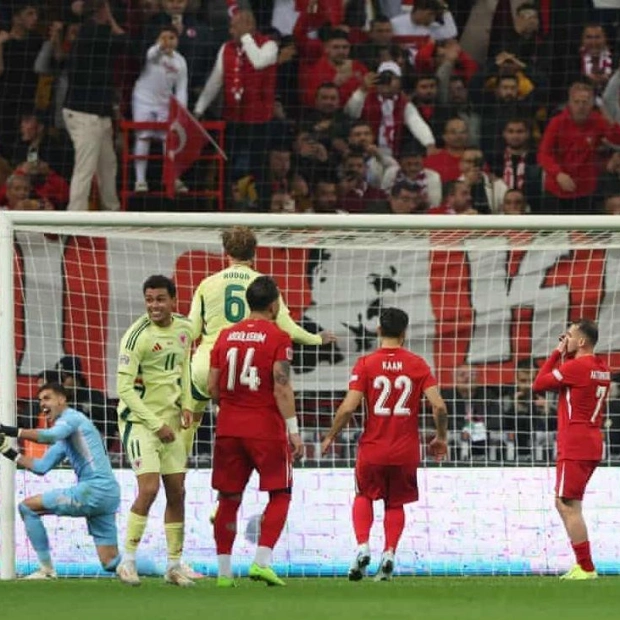In September 2021, following a period of three months where price increases exceeded double the Federal Reserve's two percent target, US central bank staff and policymakers altered their previously passive stance on inflation, now characterizing it as "elevated." This shift occurred after the personal consumption expenditures price index, which the Fed uses to set its inflation target, surpassed four percent in May, June, and July of that year. This elevated inflation description has persisted in the Federal Open Market Committee's policy statement until now, despite the PCE index dropping to 2.6 percent and continuing to decline.
The upcoming Fed policy meeting next week might finally remove the term "elevated." If this happens, it would strongly indicate that the central bank intends to reduce interest rates as early as September and start easing its monetary policy cycle, a move investors now view as highly likely. Describing inflation less severely than elevated could also prompt the Fed to revise another crucial sentence in its current policy statement: that rates will not be cut until officials are "more confident that inflation is moving sustainably toward two percent."
Fed staff ceased describing inflation as elevated in January after the PCE fell below three percent. Policymakers noted in the July 30-31 meeting that inflation was slowing more broadly across the economy, boosting their confidence in the continued slowdown. They have begun using phrases like "drawing closer" to describe the remaining distance to a policy shift and hinted at possible thresholds that could lead to changes in how the Fed describes the economy and its policy responses.
In late June, Atlanta Fed President Raphael Bostic suggested that anything more than half a percentage point would be considered "not elevated," indirectly pointing to inflation of 2.5 percent or lower as a benchmark for considering a change in the inflation description. Many economists anticipate that this threshold will be met or exceeded when the June PCE data is released on July 26.
The opening sentences of the policy statement, which describe growth, the job market, and inflation, are used to assess the economy's performance. With new PCE data forthcoming before the meeting, adjustments will be made based on the latest numbers. Some economists argue for a more assertive acknowledgment of the cooling inflation. A new housing inflation indicator developed by the Bureau of Labor Statistics shows a significant deceleration, suggesting further slowing in housing rental inflation.
Fed staff have already adjusted their stance, as evidenced by recent US central bank policy meeting minutes. During last December's meeting, with inflation data at 3 percent, central bank staff noted that inflation had eased over the past year but remained elevated. However, by the following month, with PCE inflation at 2.6 percent, the term "elevated" was omitted from the staff report.
As price increases accelerated in 2021, Fed staff and policymakers initially acknowledged that inflation "had risen," a phrase used in the April, June, and July policy statements that year. Year-over-year PCE inflation rose from 1.8 percent in February 2021 to 2.7 percent in March. Staff shifted to describing inflation as elevated in September 2021, a term that also appeared in the policy statement.
The Fed's inflation benchmark peaked at 7.1 percent in June 2022, followed by a sharp decline. Goods prices have been falling, and wages and increases in "sticky" services prices are moderating. The US is "closer to a disinflationary trend," according to New York Fed President John Williams. Omair Sharif, a close observer of price trends, noted that underlying inflation for 10 of the past 13 months has met the Fed's 2 percent target. Dropping the reference to elevated inflation might signal that a rate cut in September is possible.






